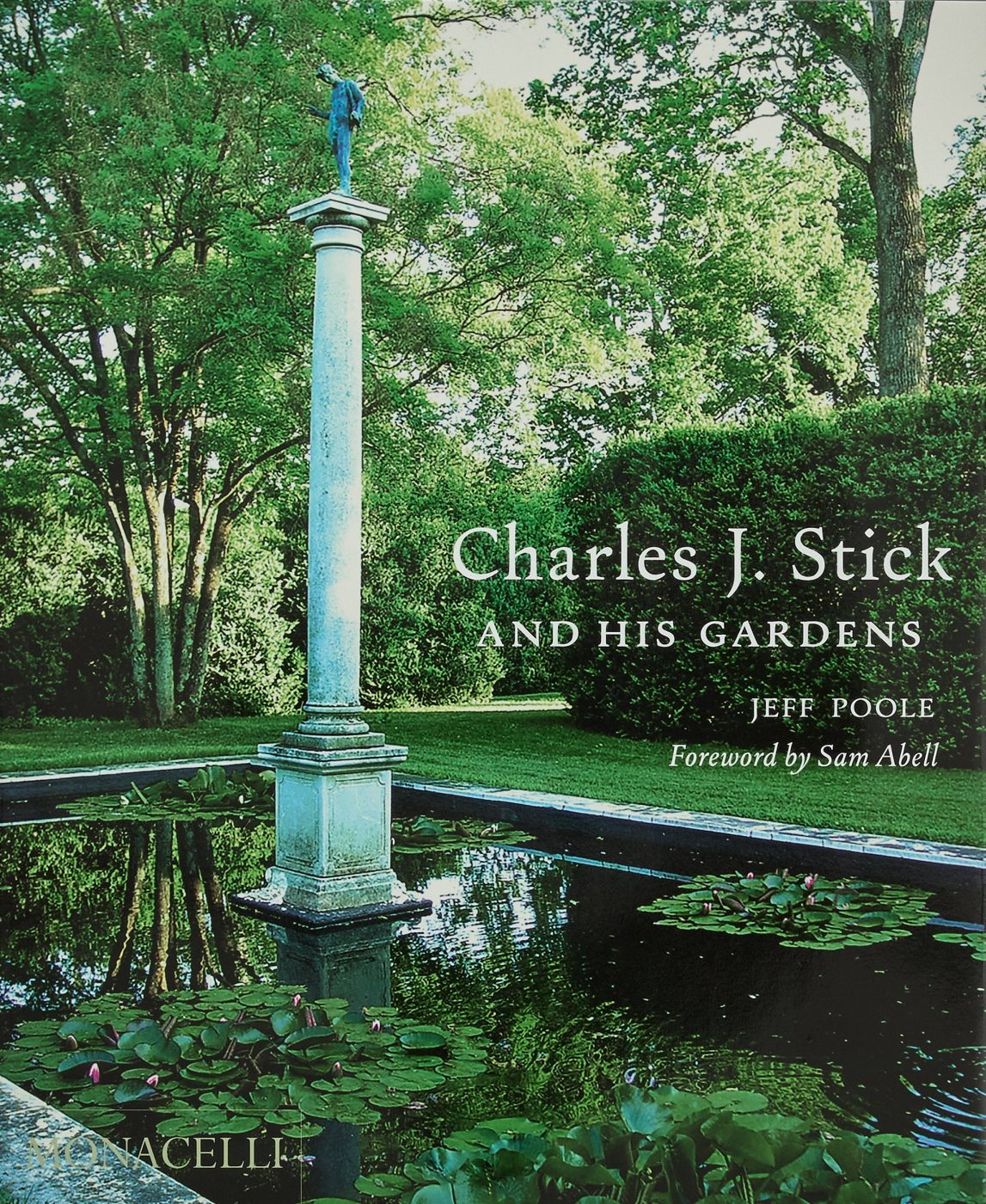December 8, 2024For almost 40 years, Charles J. Stick has been designing residential gardens notable for their drama, restraint and elegance. His style is rooted in the classical mode, typically integrating enclosed garden rooms, serpentine hedges and long allées with spaces skillfully punctuated by sculpture, arbors, grottoes and small pavilions with historical motifs. Plant colors are harmonious, and boxwood is used extensively. As he puts it, “My goal has always been to work for people who are interested in creating gardens on a personal scale.” (It’s worth noting that the scale is seldom humble.)
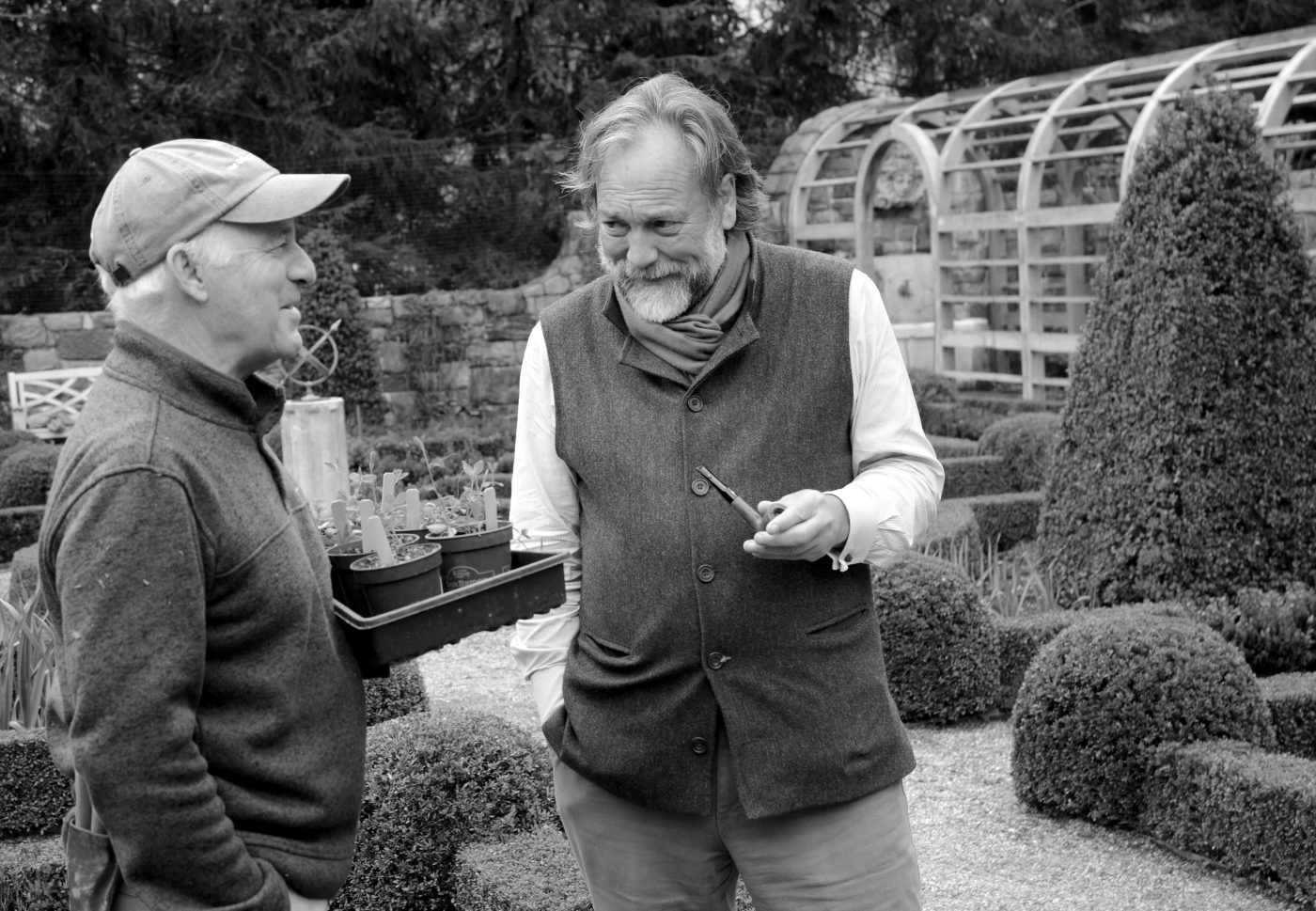
While a college student studying geology at Middlebury, Stick, who grew up in the suburbs of Chicago, chanced to attend a lecture given by the preeminent landscape designer of the 20th century, Dan Kiley. He was so inspired he decided to follow Kiley’s career path and later enrolled in the graduate landscape-design program at the University of Virginia, in Charlottesville — a city where he has lived ever since. Stick has kept his practice small, since his process involves a personal relationship and ongoing dialogue with the garden owner. “Unless you know your clients,” he explains, “I don’t think you can effectively make something good for them.”
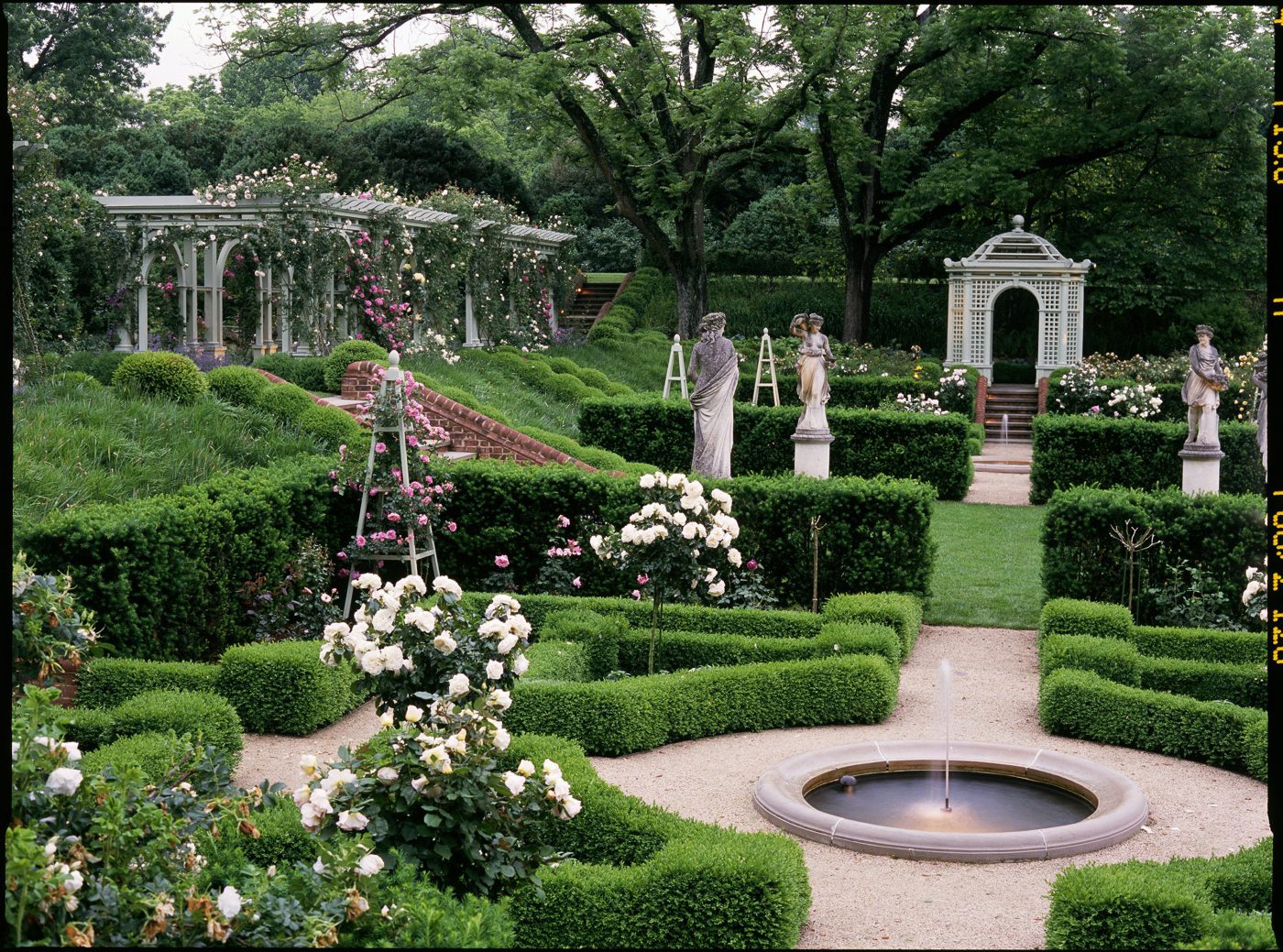
Despite his formidable talent, Stick’s oeuvre is something of a well-kept secret. So, a just-published monograph from Monacelli, Charles J. Stick and His Gardens, with a text by Jeff Poole and a foreword and primary photography by Sam Abell, offers the welcome opportunity for a larger audience to appreciate the range and context of his work. The book focuses on four major projects — all private gardens that have been created in close collaboration with their owners. Plans and sketches are shown, and because Stick describes with great clarity his approach and response to each site, the reader is given unusual insight into what motivates and shapes the design process of a rigorous classicist.

Crab Tree Farm, in Lake Bluff, Illinois, was one of Stick’s earliest masterworks, on which he worked for more than two decades with one of his first clients, John Bryan, the CEO of Sara Lee Corp. A rich woodland garden connected by a series of pathways, it incorporates an extensive collection of structures, including picturesque fantasies ranging from a hermit’s cottage to a Jeffersonian pavilion. Stick thinks of it as a Georgian Arcadia, “melding cultural and geographic eras to create a compound that encompasses the integration of English garden follies with the pastoral, peaceful beauty of the Peloponnesus in ancient Greece,” he says in the book.
Also profiled in detail is Mount Sharon, in Orange County, Virginia. Here, a series of formal terraces and distinct rooms open off a central axis. There are fountains, pergolas, arbors and panoramic views in every direction. Focal points include an octagonal terrace and a spectacular parterre rose garden.
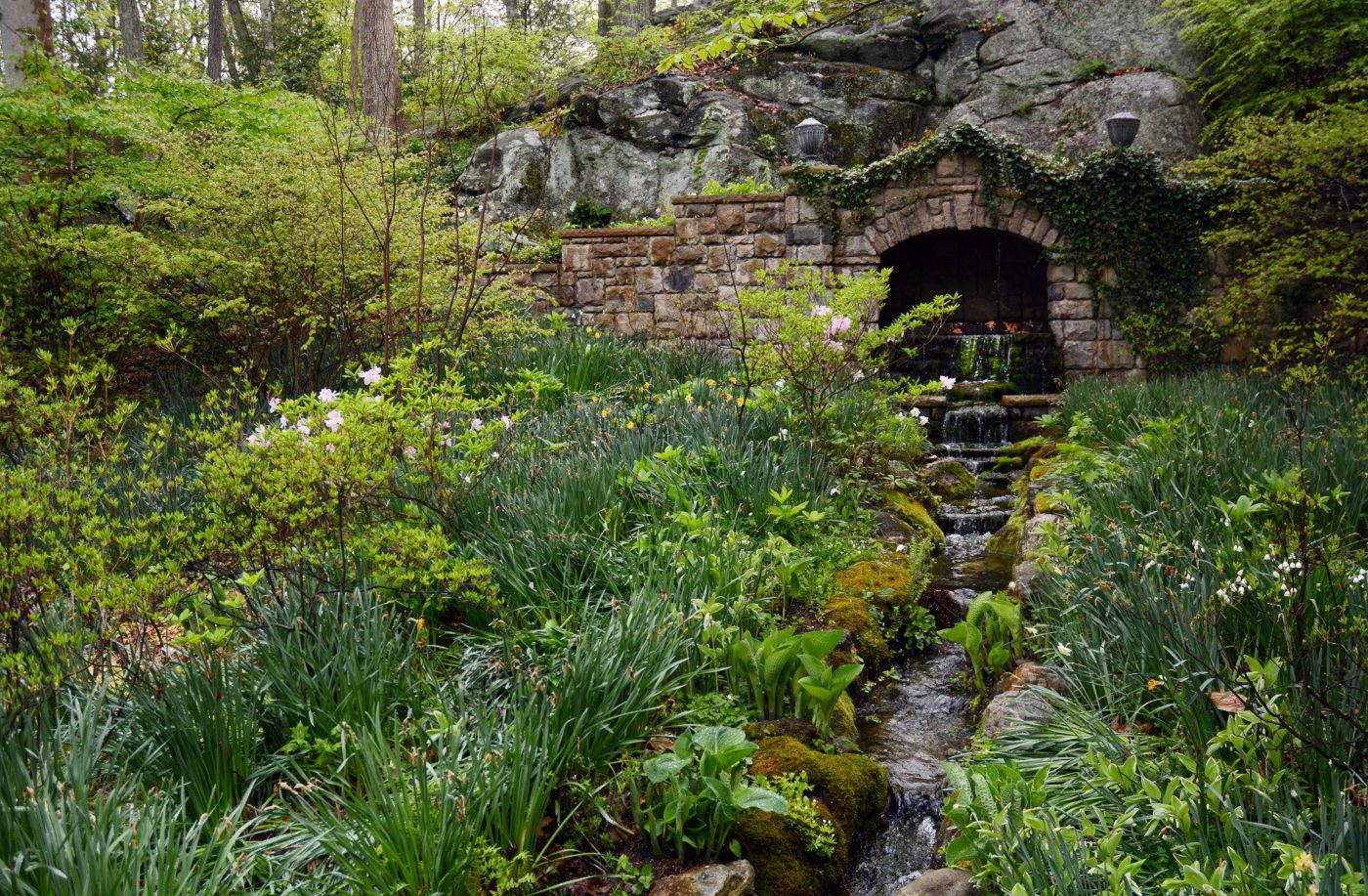
Sleepy Cat Farm, in Greenwich, Connecticut, now frequently open for garden tours, is Stick’s best-known and undoubtedly most ambitious creation. He has been working on it for many years, in tandem with its owner, Fred Landman. Pathways take visitors to a woodland garden, a meditation walk, a grotto and rill inspired by William Kent’s Rousham, a huge wisteria arbor, a potager with boxwood-lined beds and a sizable greenhouse. Over the years, the grounds have expanded from the original six acres to 13 and now includes a Chinese pavilion, statues, prayer wheels from India, an elevated Spirit Walk, a boxwood cat maze and a massive Norman-style barn with Edwin Lutyens–style windows fronted by a dramatic statue of a river god mounted on a granite pedestal.
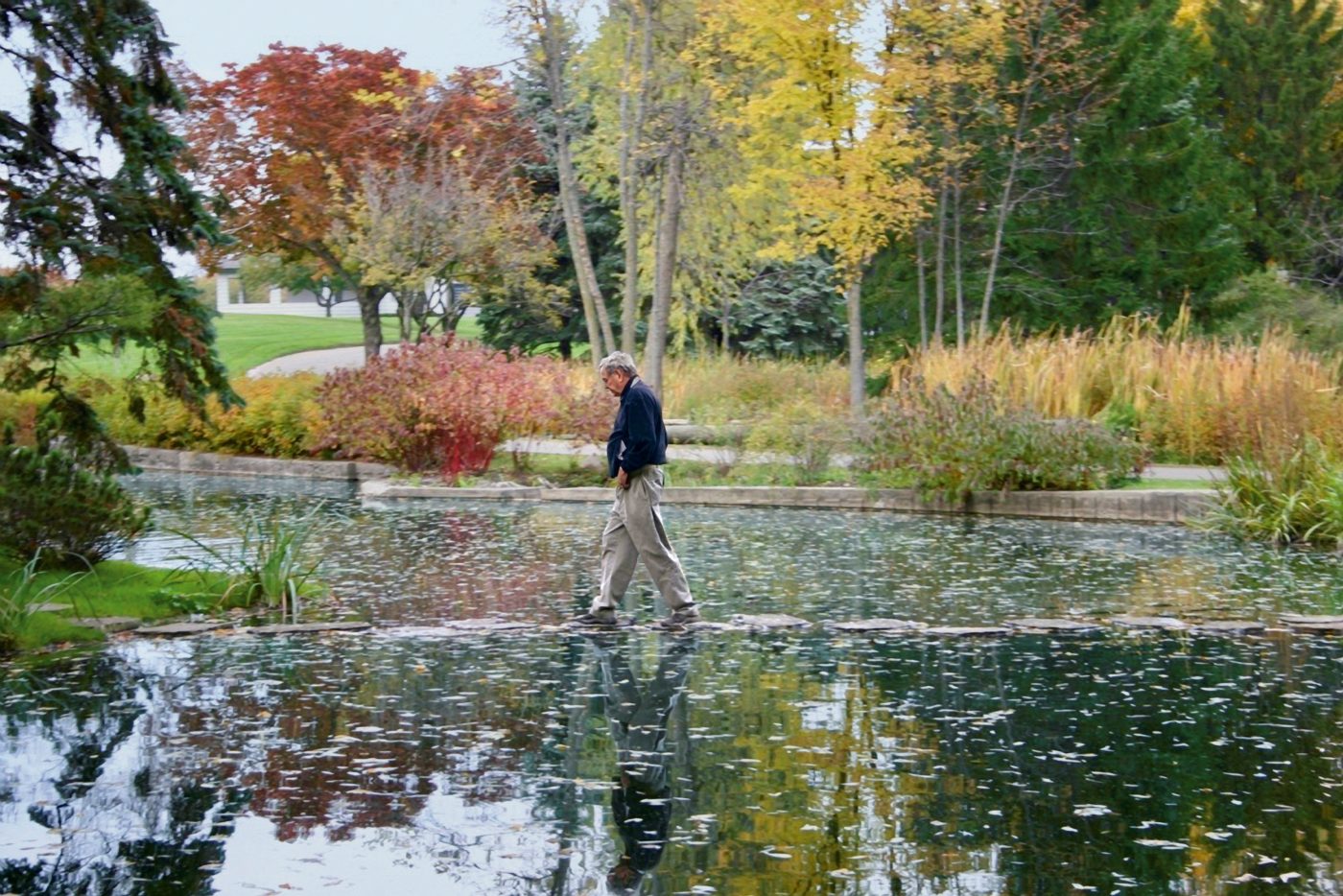
The book also contains a chapter with a description of Stick’s own garden, in Somerset, Virginia, along with shorter vignettes on several other gardens. This is followed by an impressively long and comprehensive list of Stick’s commissions. He is surely grateful to have had such clients, but it’s clear from this monograph that they have been extremely lucky to have engaged with a designer who brings an unusually deep understanding of history and architecture to his work.
